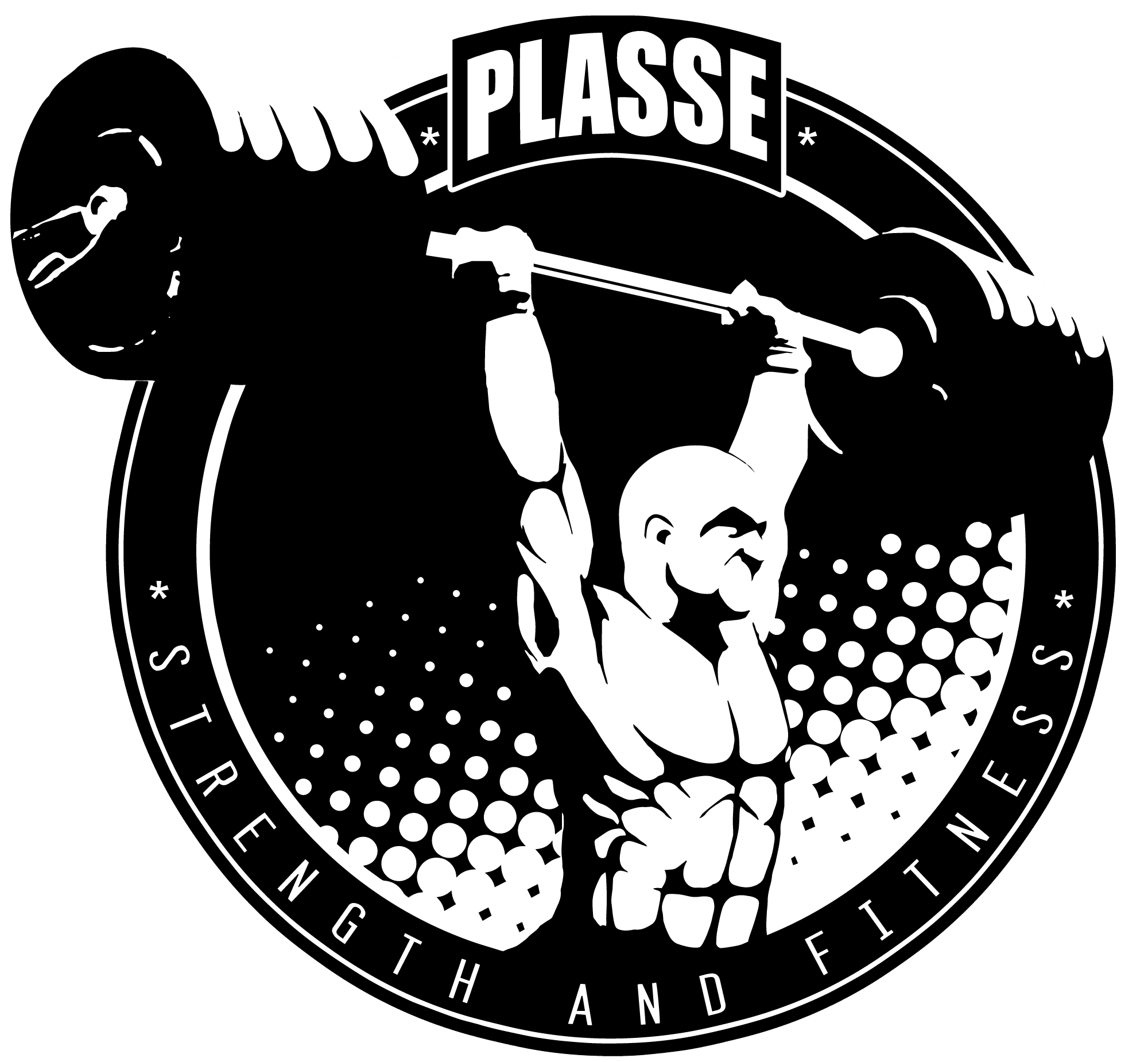Fat Loss, the one most dreadful task that has kept the world at its toes for being hard. An average chap is bound to do it in ways that are outdated, unreliable and ineffective. But then what is the right way of losing that layer of fat? Well, you’re about to know.
Conventional knowledge tells you to go for cardio alongside a diet, but will that do? In the long run, maybe, but is it the most effective? Absolutely not. Modern science has pointed out a lot of flaws in this conventional way of losing fat, like loose skin and loss of muscle mass. In order to effectively lose body fat without letting your skin hang loose and maintaining the muscle mass, you need to incorporate Resistance Training in your workout regimen.
What is resistance training?
Resistance Training is basically another term for weight training. It is an effort to contract your muscles against an external resistance of some kind in hope of increasing one or all of the following: endurance, strength, muscle tone and muscle mass. Resistance training works by causing microscopic damage to your muscle fibres, which will help the muscle fibres to repair themselves and grow stronger.
Resistance Training for Fat Loss:
One might see Weight Training and Cardio as two different types of workouts and also for different purposes. But you’d be amazed to know that the combination of both is perfect for fat loss. This the new convention for perfect fat loss along with muscle tone and definition.
Comparing cardio and weight training individually for fat loss, there is no questioning that cardio outperforms weight training every time because of the fact that continuous movement requires intensity and volume which outperforms intermittent hitting weights. But ultimately you need both for perfect results.
Advantages of Resistance Training for Fat Loss:
Strength and resistance training builds muscle. And more muscle mass means more metabolic rate than having more fat in your body. This means having more resting metabolic rate than normal. This means burning more calories while resting than usual. But even at the high end of the predictions, it is less than a few dozens of calories burnt per pound of muscle gained, it might make a little difference but nothing extraordinary.
In a weight loss program, it is important to incorporate resistance training in order to maintain that muscle mass. Your body gets the energy to burn during your workout from a combination of fat and muscle. But one must try to burn fat and maintain muscle mass as much as possible. Resistance Training combined with cardio helps you achieve just this.
Along with maintaining the muscle mass, resistance training combined with cardio also presents the advantage of afterburn. What is afterburn? It is the ability of your body to keep burning calories even after a workout. Scientists call this process EPOC which is short for Excessive Post-Workout Oxygen Consumption. But it is only achieved when you utilise 75% of your maximum heart rate – whether it’s cardio or weight loss. Which means a lot of intensity and volume.
Advantages of Cardio for Fat Loss:
The main advantage of cardio over resistance training is that you can do it for a prolonged period of time compared to the intermittent nature of hitting weights. It’s a non-stop movement that gives cardio an inherent advantage in energy expenditure during a workout session.
You can combine resistance training and cardio in a circuit training sessions to get the best results. But in order to get the most out of a cardio session is trying to reach that level of 75% to 80% of your maximum heart rate to reach an afterburn. This is the reason cardio is superior to traditional weight training for energy expenditure.
Quick Tips on combining Weight Training and Cardio:
- Gain more muscle using resistance training to burn more muscle while resting.
- Lifting Heavy weights. You must perform a vigorous weight training session in order to build muscle and maintain them. A range of 8-12 repetitions per set is ideal for muscle gain and maintenance in contrast to going further down to 15-20, in which case you are better off doing cardio because it will not result in muscle gain.
- Incorporate cardio after a session of resistance training or keep separate days for cardio.
- Do regular anaerobic exercises like cycling or jogging as compared to swimming for maximum calories burnt in a shorter time.
The importance of a personal trainer:
A personal trainer is a trained and certified professional who acts as your guide and motivation for your fitness journey. Regardless of your internal or external motivation, a personal trainer will take your physical training to a different level. Psychologically, we humans push ourselves differently when we know that someone is watching us. And if that someone is a person who knows what they’re talking about, your workouts will be on another level.
A personal trainer will be responsible for the thinking and preparing part of your journey which is perhaps the most difficult part of having a workout routine. Having someone to plan your workouts and meals will take that extra effort off of your mind which is a great relaxation that you’d need for keeping up with your workout regimen. Apart from a person planning all your workouts, your personal training is also making sure you perform each and every exercise with perfect form which is very important for your workout to be effective.
So if you’re planning to lose that extra bit of fat and get that body that you always wanted, make sure you incorporate resistance training and cardio in your workout regimen for best weight loss and muscle toning. And on top of that make sure you have a personal trainer to guide throughout your workout journey.

